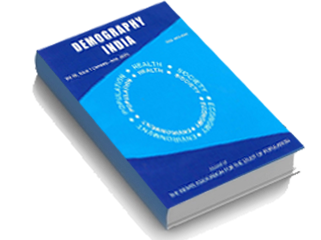
The Glasses are Tinted: Self-Confidence and Poverty Trap
Working Paper No- 402
In an overlapping generations model, this paper looks at the effects of behavioral anomalies on human capital investments and skill distributions. In this model education is necessary but not sufficient to get a skilled job. There are three types of agents: uneducated-unskilled, educated-unskilled, educated-skilled. Behavioral anomalies are such that adults underestimate the probability of intergenerational mobility. Uneducated-unskilled are imprisoned in a behavioral trap – they do not believe that an educated child from their community would get a skilled work, so they never invest. Educated parents suffer from a behavioral bias – skilled ones overestimate the chances of their educated children getting a skilled job while unskilled ones underestimate. The educated parents may over or under invest in comparison to the case where they have correct beliefs. Behavioral trap almost always causes poverty trap and also gives rise to multiple steady states, which can be ranked in terms of inequality. Depending on the degree of behavioral bias of the educated parents, steady state inequality could be lower or higher than that when they have correct beliefs. However, even in a less unequal society the opportunity to earn higher income is limited to only a fraction of population. Behavioral bias may lead to multiple equilibria and even induce (poorer) educated-unskilled adults to invest with higher probability than (richer) skilled persons.
Find on this page
Contact Us
Institute of Economic Growth, University Enclave, University of Delhi (North Campus),
Delhi 110 007, India
contact-us@iegindia.org
+91-11-27666364/6367, 27667101/7288/7365/7424
+91-11-27667410



